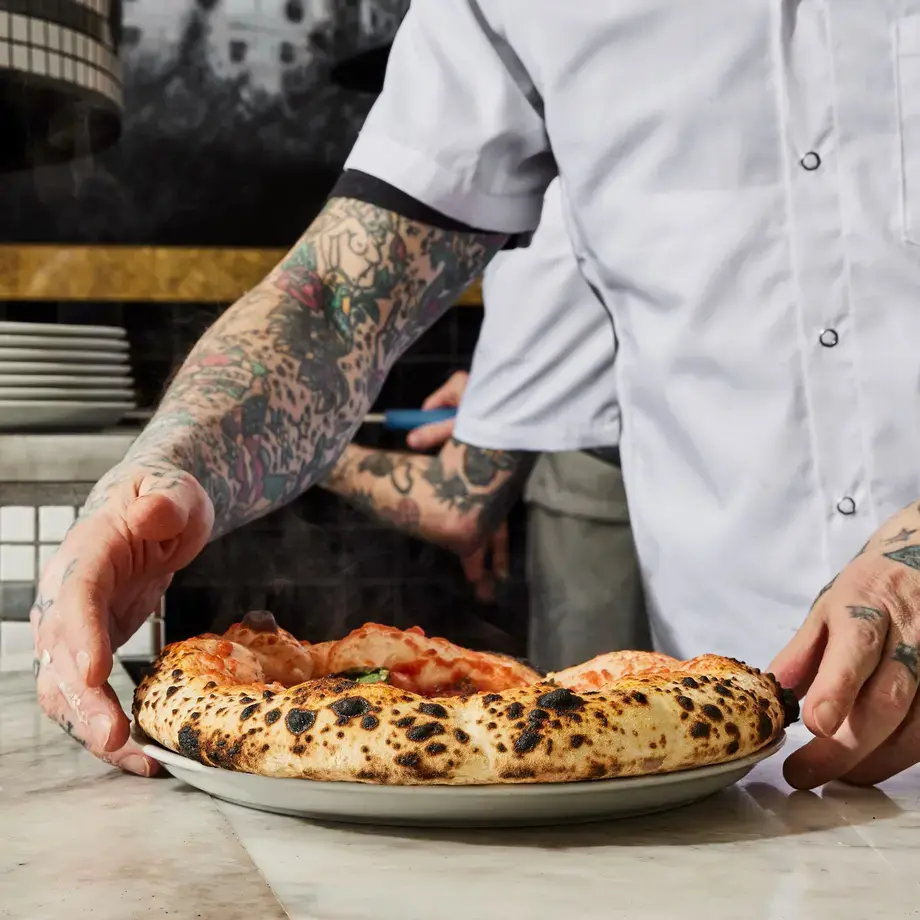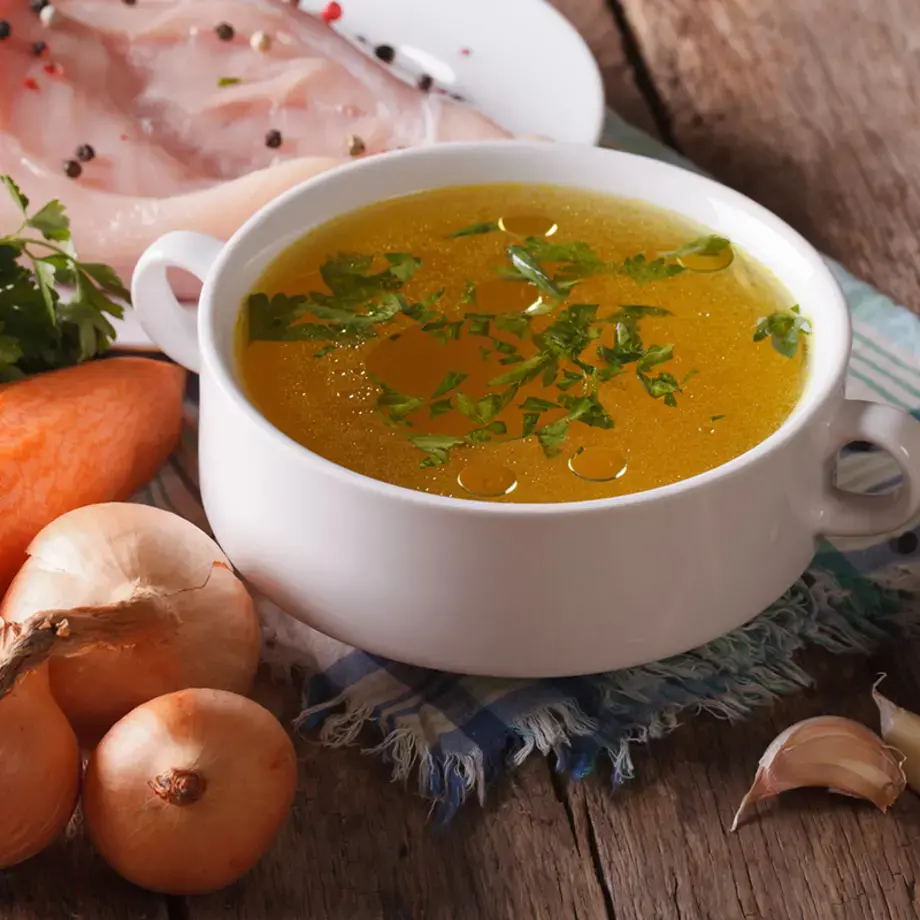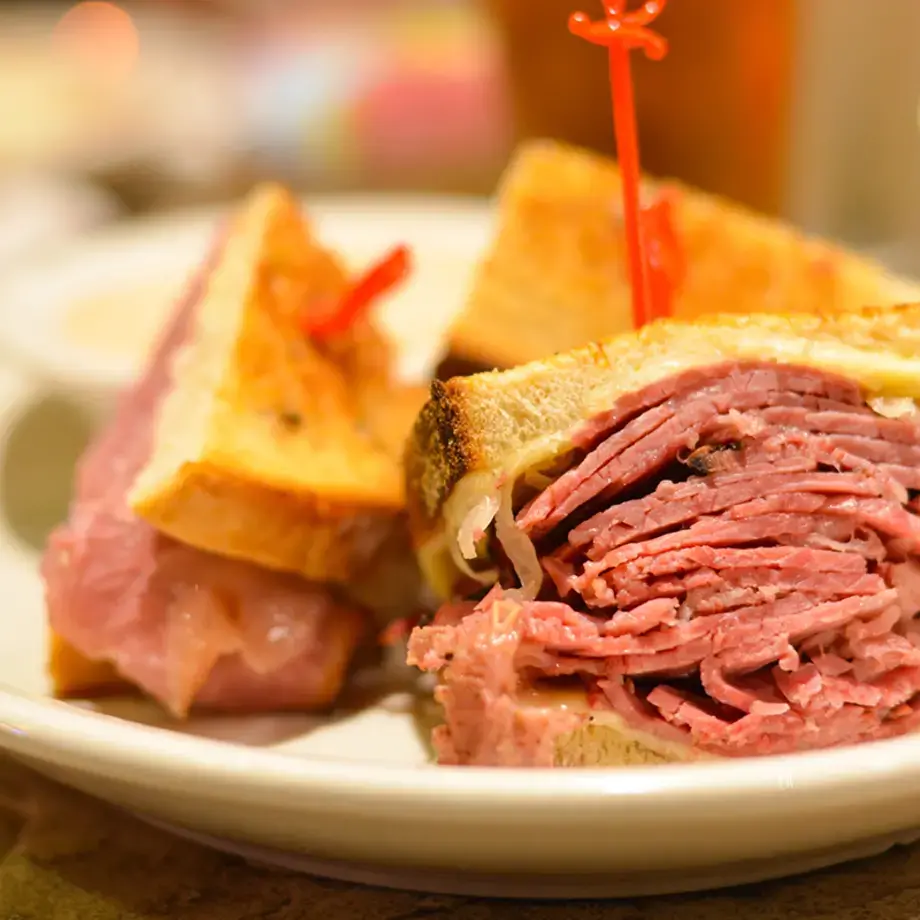The way our ancestors used to eat between two million and 200,000 years ago has interested archaeologists from time immemorial. What was caveman food? We know they were omnivorous, that they loved tubers and roots and were not adverse to eating berries and seeds either; they also fed on what they were able to hunt and fish.
Few researchers, however, have ever imagined a foray into prehistoric kitchens or made conjectures about the finer and more precise details that are normally part of a cook's task: cooking times, temperatures, methods and the actual techniques adopted. Indeed, it is difficult to make a guess about tastes and other factors, with nothing to go on except the bone composition, teeth and body measurements of early hominids or bacterial findings.
A passionate and visionary archaeologist, Stephanie Schnorr of Leiden University in the Netherlands, has carried out in-depth studies in recent years to reconstruct prehistoric kitchens as they were. She has addressed the task by studying the remains of the Hadza people, one of the last indigenous tribes of hunter-foragers still living in Tanzania. Its few survivors live close to the Olduvai Gorge, one of the most interesting archaeological sites in the world.
Triggering the gelatinisation of starch
In a study published by Science Daily, Stephanie looks into the daily eating habits of the Hadzas who lived in prehistoric times, and confirms that fibre-rich tubers and root vegetables were served up on prehistoric tables every day, to provide the necessary energy for survival. These tubers may have been eaten raw or roasted but the Hadza people had discovered how to make these foods tasty and palatable, with the right consistency and, more importantly, they had learned how long to cook them in order to make the most of their nutritional properties.
In fact, the Hadza people managed to trigger the gelatinisation of starch contained in roasted tubers, by taking them to the right temperature and cooking point. This process, which we now know as being fundamental to a lot of cooked food (bread, pasta, rice and pastries), since it ensures the digestibility of foods containing starch, is therefore a discovery dating back to prehistoric times.
Cooking root vegetables
The same tribe had also turned its attention to the cooking times of the root vegetables they ate: despite the fact that these ingredients could also be safely consumed raw, they preferred to roast them for about 20 minutes. They had therefore discovered that an ideal cooking time exists for each dish in the kitchen, going far beyond any concept of eating out of pure necessity. They had acquired the notion that more enjoyment could be had from food by waiting for it, which is exactly what we do nowadays.
From meat to soups
Other research has probed into the cooking methods adopted during the Stone Age, that is to say, starting from about 40,000 years ago, and the vessels used to preserve flavour and keep food at a certain temperature.
Meat used to be cooked (roasted and smoked) inside holes in the ground where hot cinders were positioned and, as early as this, the first thermal containers and recipients were already in use. Seeds and roots used to be boiled up and then finely chopped so that they could be made into soups inside vessels created from tree bark, while some hunting tribes also used saucepans made from sacks created out of the waste products of the animals they had hunted. In the same period the first ceramic pots started to appear and cooking methods were perfected, becoming similar to those of the present day: and yet we are talking about 14,000 years ago.
Only in Neolithic times, that is to say, around six to eight thousand years BC, did different cooking methods, more similar to our own, start to appear in our ancestors' kitchens: the technique of using salt to preserve meat and wine-making date back to that period.







